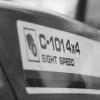Sign in to follow this
Followers
0

RPM - coil/stator measurements at last....
By
meadowfield, in Wheel Horse Electrical

By
meadowfield, in Wheel Horse Electrical